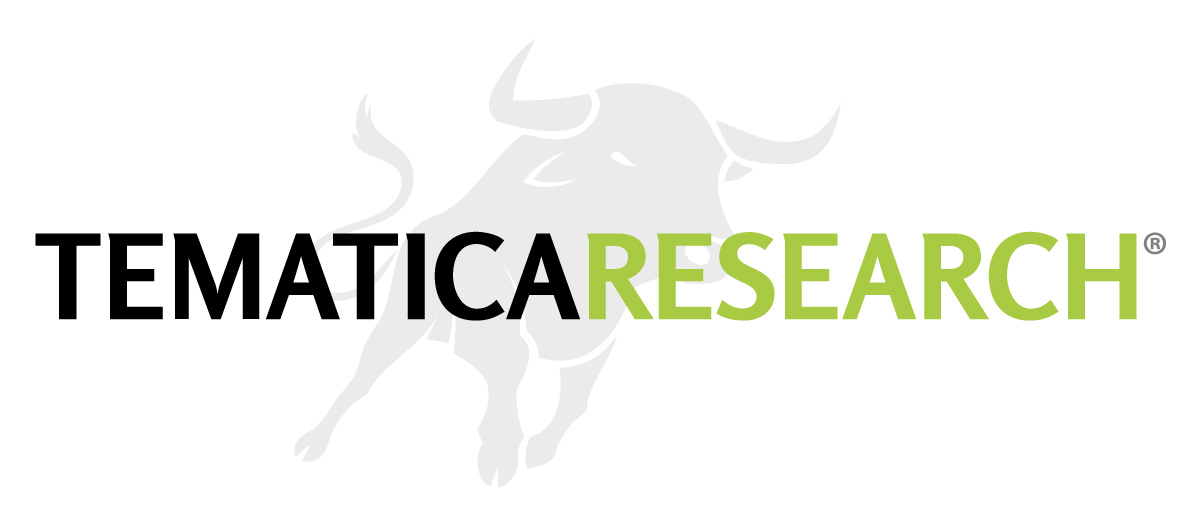The FCC is already planning for terahertz wireless data after 5G
We are only starting to see commercial deployment of 5G mobile technology, but efforts are already underway for the next evolution of mobile connectivity. Here at Tematica, we’ve been saying there will be another “G” after 5G, much the way there was a 4G after 3G and 2G. With applications still being realized for 4G LTE and new ones on the way, including IoT and autonomous car communication/connectivity, with 5G as well as significantly faster data speeds, it’s fair to say terahertz wireless data will lead to more Disruptive Innovation and another round of Digital Infrastructure buildout.
Never mind the possibilities opened up by millimeter wave 5G and other many-gigahertz technologies — the FCC is already thinking about the next generation beyond that. The Commission has voted unanimously in favor of creating a category of experimental licenses that range from 95GHz to a whopping 3THz — effectively, the limits of usable wireless technology. The Spectrum Horizons order would let companies experiment with this ultra-high frequency tech for as long as 10 years, and would make it easier for them to sell real-world products while they’re in that test phase.
The measure also sets aside 21.2GHz of spectrum to share for unlicensed devices. The airwaves in question were chosen to minimize possible interference with current “governmental and scientific” uses in those areas, such as space science.
These frequencies could lead to extremely fast wireless network data, advanced imaging and very fine-grained sensors, among other purposes. However, you might not want to get your hopes up for a cellphone with terahertz 6G any time soon. Even more so than with millimeter waves, the terahertz range would be limited by short ranges and difficulty penetrating objects. That’s what the experiments are for, though — it could establish uses that aren’t even on the radar yet.




